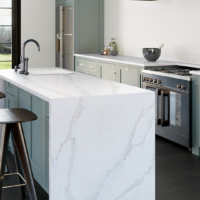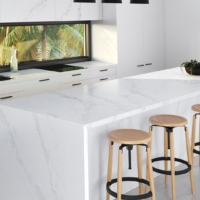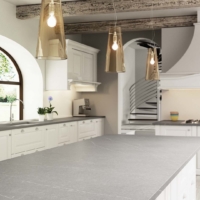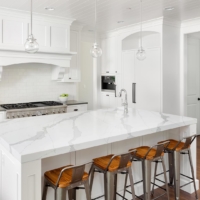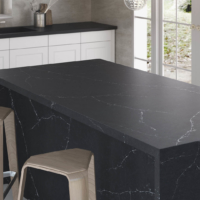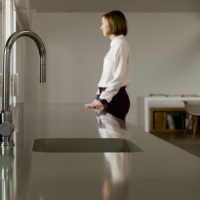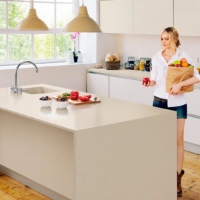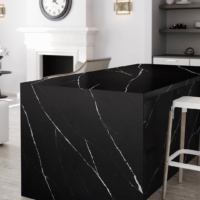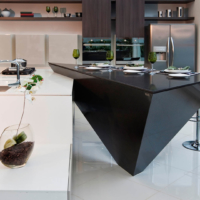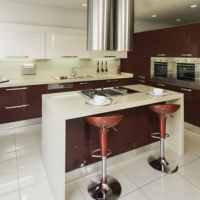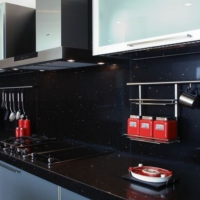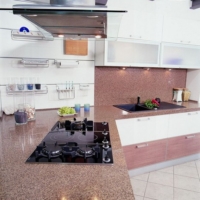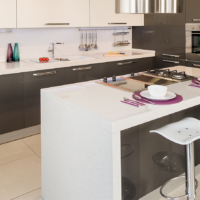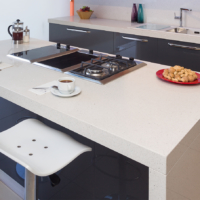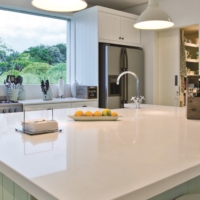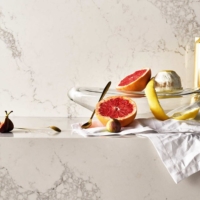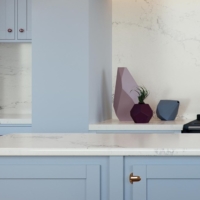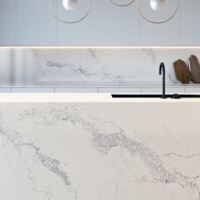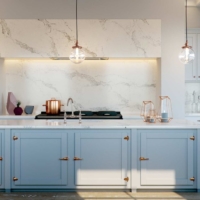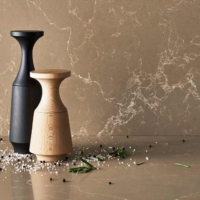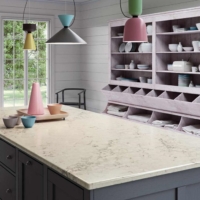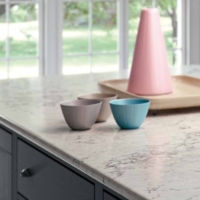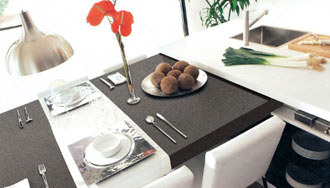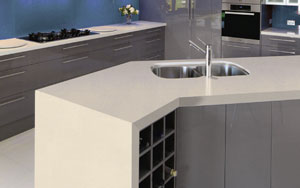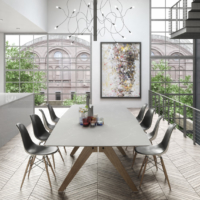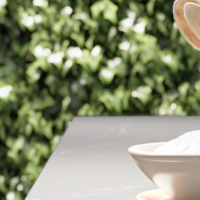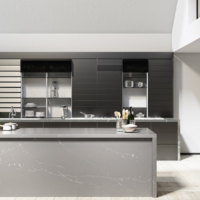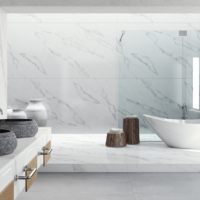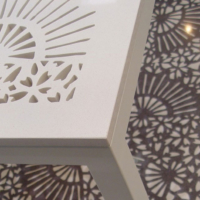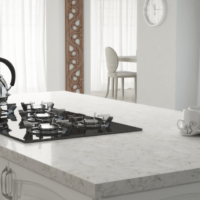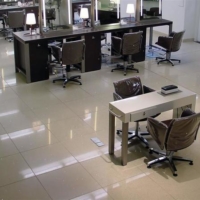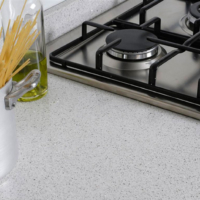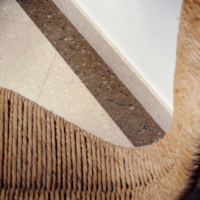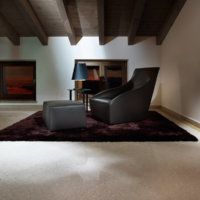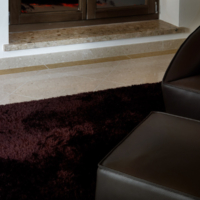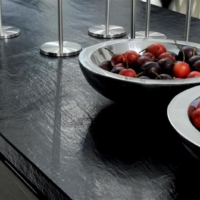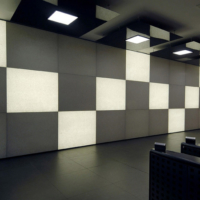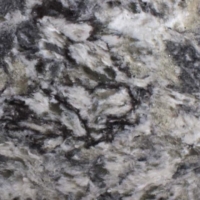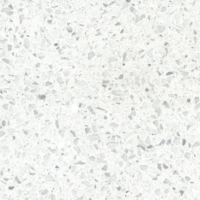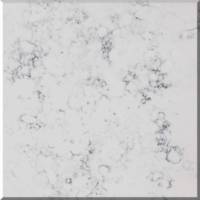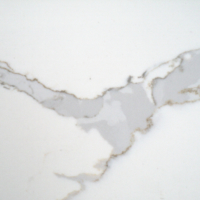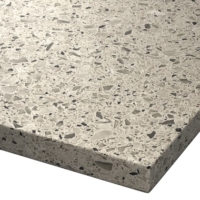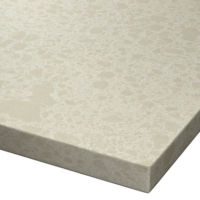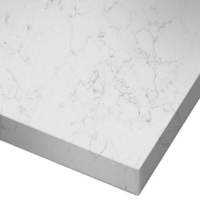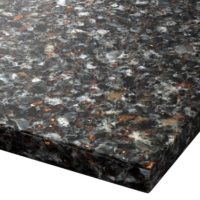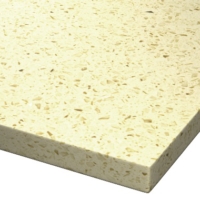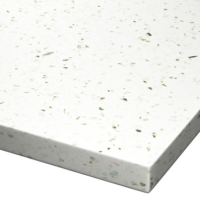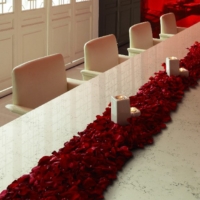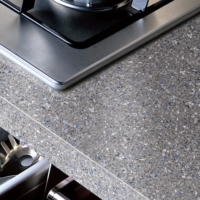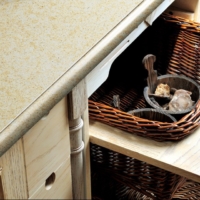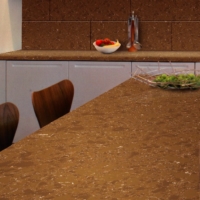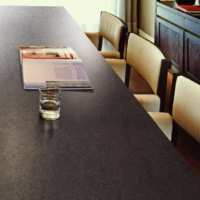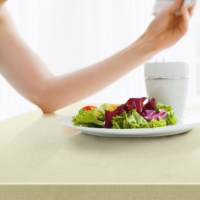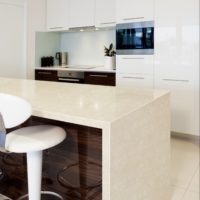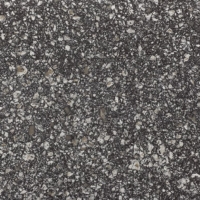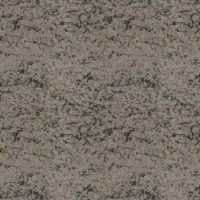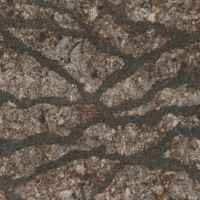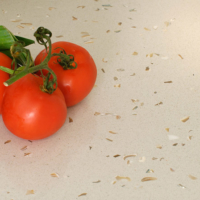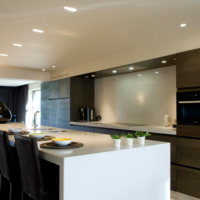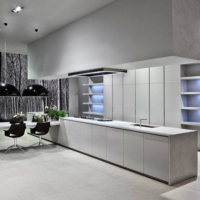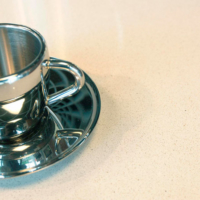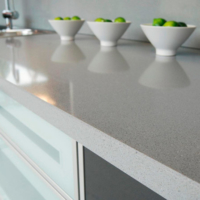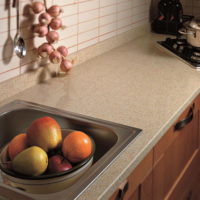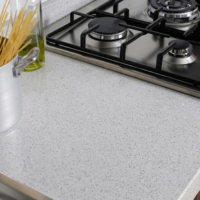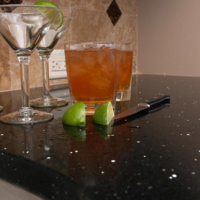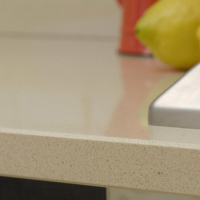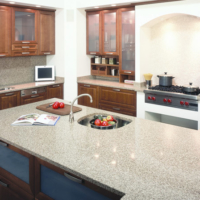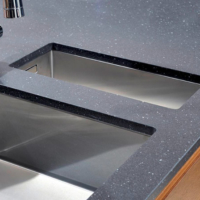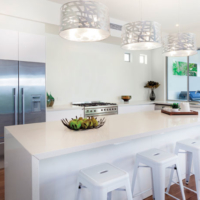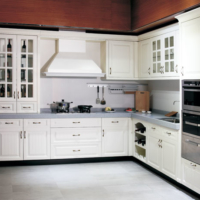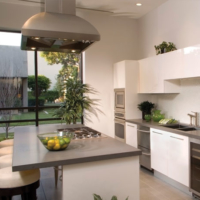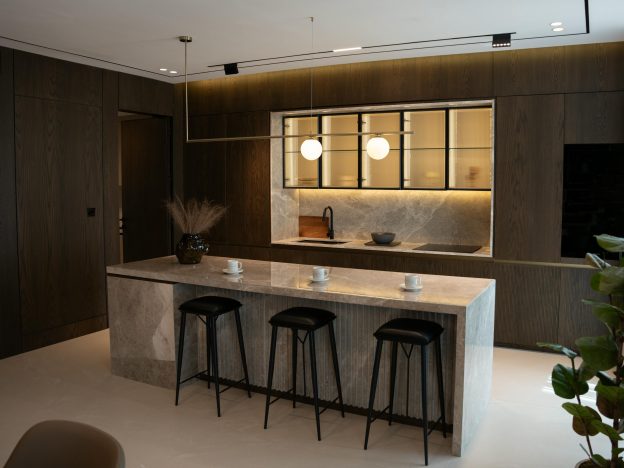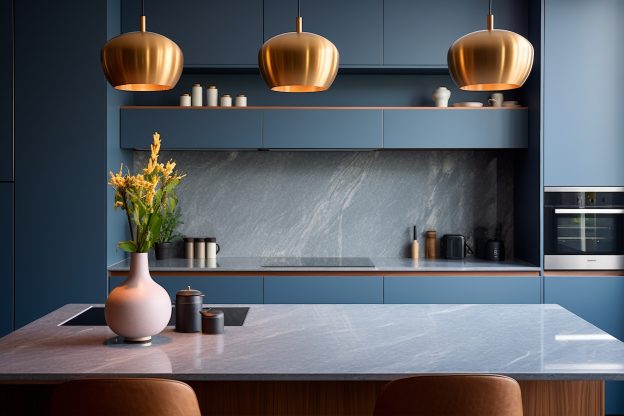In the realm of kitchen design, the choice of countertop material can make or break the aesthetic and functionality of the space. Among the myriad options available, pure quartz countertops stand out as an exceptional choice, seamlessly combining style and durability. At PureQuartz, we believe that our products not only enhance the appearance of your kitchen but also offer the resilience necessary to withstand the rigors of daily life.
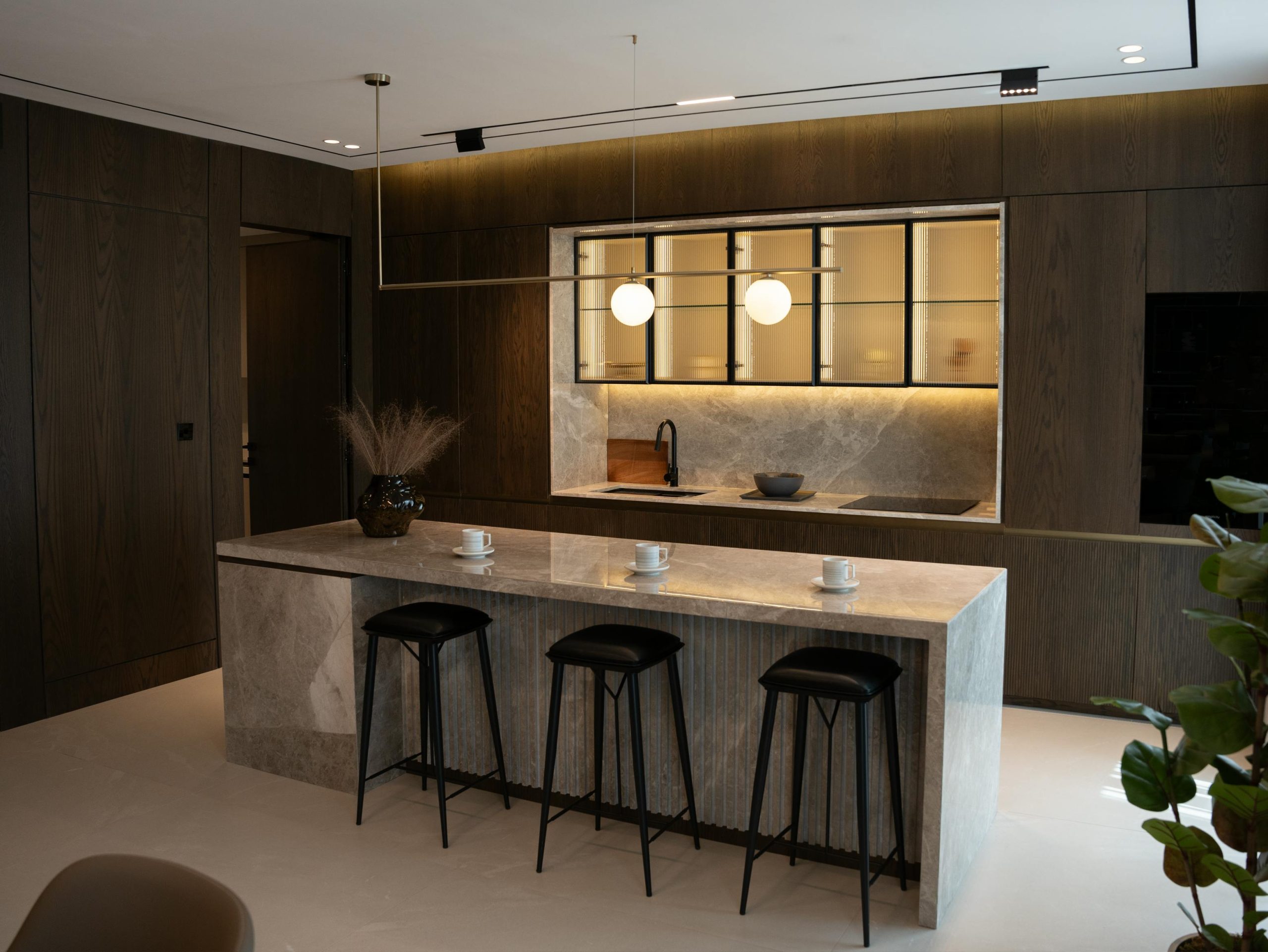
The Aesthetic Appeal of Quartz
One of the most compelling reasons to choose quartz countertops is their stunning visual appeal. Available in a wide array of colours, patterns, and finishes, quartz can complement any kitchen style, from modern minimalist to rustic charm. PureQuartz offers a diverse selection that allows homeowners to express their unique tastes. The natural beauty of quartz, with its shimmering surface and intricate veining, adds an element of sophistication that elevates the overall design of your kitchen.
Unlike natural stones, which can have unpredictable patterns, quartz countertops provide a consistent look that can be tailored to your specifications. This reliability in design means you can achieve your desired aesthetic without sacrificing quality. Whether you prefer a sleek, monochromatic finish or a more dramatic, marbled effect, PureQuartz has the perfect option for you.
Unmatched Durability
Beyond their beauty, quartz countertops are renowned for their durability. Made from one of the hardest minerals on Earth, pure quartz is engineered to resist chips, scratches, and stains. This resilience makes it an ideal choice for busy kitchens where spills and accidents are inevitable. At PureQuartz, our countertops undergo rigorous testing to ensure they can withstand the demands of everyday use, ensuring that your investment will last for years to come.
Moreover, quartz countertops are non-porous, which means they do not absorb liquids or harbour bacteria. This characteristic not only makes them hygienic but also simplifies cleaning and maintenance. A simple wipe down with soapy water is often all that is needed to keep your countertop looking pristine. For busy families or those who love to entertain, this ease of maintenance is a significant advantage.
Eco-Friendly Options
In today’s environmentally conscious world, choosing sustainable materials is more important than ever. PureQuartz is committed to sustainability, sourcing our materials responsibly, and ensuring that our production processes minimize environmental impact. Our quartz countertops are manufactured using recycled materials, combining beauty with eco-friendliness. By selecting PureQuartz, you are not only investing in a stunning kitchen but also making a choice that is kinder to the planet.
Versatility in Design
The versatility of quartz countertops extends beyond colour and pattern; they can be fabricated into a variety of shapes and sizes to suit any kitchen layout. Whether you’re looking for a large island, a sleek breakfast bar, or a traditional countertop, PureQuartz can customize your surfaces to fit your needs perfectly. This adaptability allows you to optimize your kitchen space and create a layout that works for your lifestyle.
Additionally, quartz can be paired with various cabinetry and flooring materials, allowing you to create a cohesive design that reflects your style. Whether you envision a contemporary space with clean lines or a more traditional kitchen with classic charm, PureQuartz can help you achieve your vision effortlessly.
Heat and Impact Resistance
Another significant advantage of PureQuartz countertops is their resistance to heat and impact. While it is always advisable to use trivets for hot pots, quartz can withstand higher temperatures than many other materials, making it more forgiving in the kitchen. This heat resistance means you can cook and entertain with confidence, knowing your surfaces will remain intact.
Furthermore, the impact resistance of quartz reduces the likelihood of chips and cracks, making it a practical choice for families and individuals who lead busy lives. With PureQuartz, you can enjoy peace of mind knowing that your countertop will maintain its beauty and functionality, even in the face of daily wear and tear.
Value for Your Investment
Investing in high-quality countertops is a decision that pays off in the long run. PureQuartz countertops not only enhance the resale value of your home but also contribute to a more enjoyable and efficient kitchen experience. Potential buyers are drawn to kitchens that feature durable, stylish surfaces, making quartz a wise choice for homeowners looking to increase their property’s appeal.
Moreover, the longevity of PureQuartz products means you will not have to worry about replacing your countertops within a few years. This durability translates into cost savings over time, as you will spend less on repairs and replacements. Choosing PureQuartz is not just about aesthetics; it’s about making a smart investment that enhances both your home and your lifestyle.
Conclusion
In conclusion, pure quartz countertops from PureQuartz offer an unparalleled combination of style and durability that makes them the perfect choice for any kitchen. With their stunning visual appeal, unmatched durability, eco-friendly options, and versatility in design, quartz countertops are a practical and beautiful addition to any home.
If you’re ready to transform your kitchen with the elegance and resilience of quartz, consider PureQuartz for your next renovation. Our commitment to quality, sustainability, and customer satisfaction ensures that you will receive a product that not only meets but exceeds your expectations. Elevate your kitchen with the timeless beauty and exceptional durability of PureQuartz countertops today!

